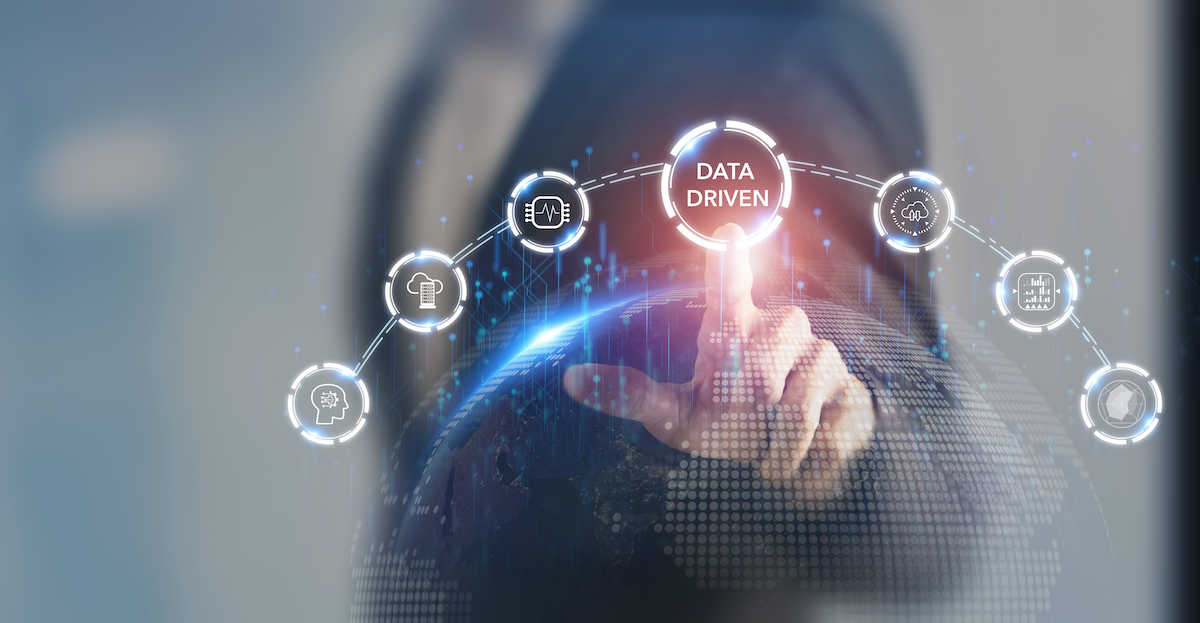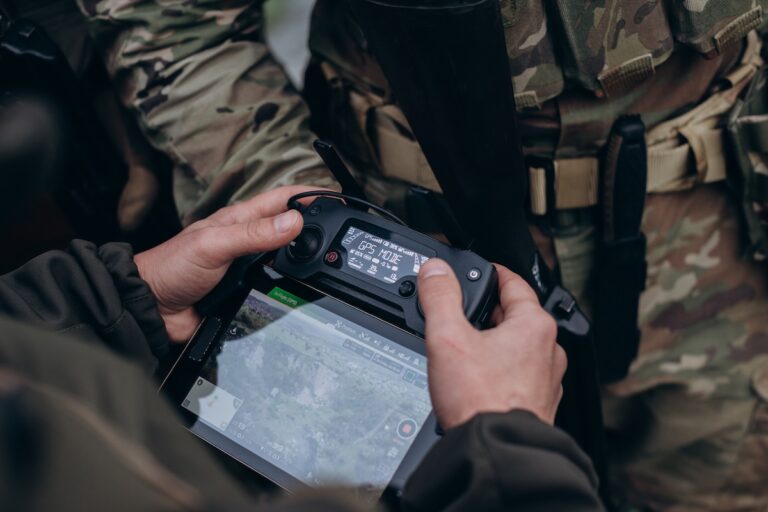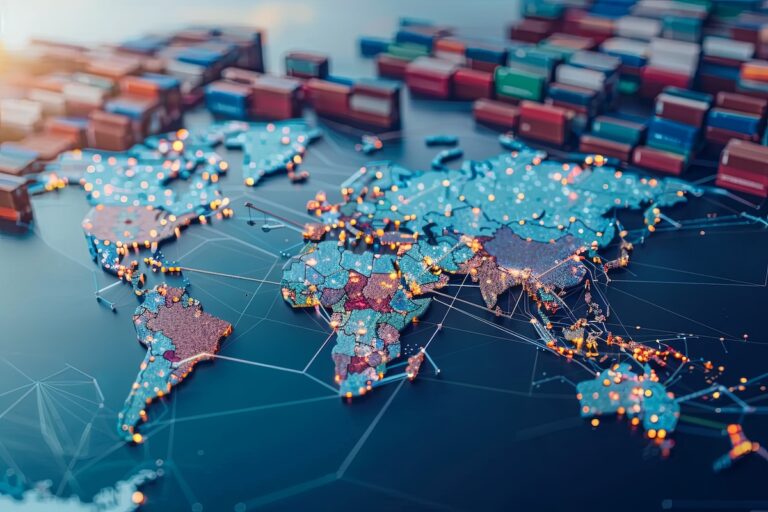Digital Twin Usage in Supply Chains: The War Games of Modern Logistics
In an era of economic uncertainty, geopolitical instability, and supply chain fragility, businesses must operate with heightened foresight and adaptability. Digital twin technology—a powerful simulation tool that mirrors real-world supply chain operations—has emerged as a strategic game-changer, akin to military war games used for planning and response scenarios. By leveraging digital twins, companies can test strategies, predict disruptions, and optimize efficiency in a controlled, risk-free environment.
Understanding Digital Twins in Supply Chains
A digital twin is a virtual replica of a physical asset, system, or process. In supply chains, this means creating a real-time, data-driven model of logistics networks, factories, warehouses, and distribution hubs. These digital replicas allow companies to analyze, simulate, and optimize operations, mitigating risks before they manifest in the physical world.
The evolution of digital twin technology has been fueled by AI, IoT (Internet of Things), and big data analytics, enabling real-time updates and predictive insights. Much like how the Pentagon uses war games to anticipate battlefield scenarios, supply chain managers use digital twins to test responses to economic shocks, transportation bottlenecks, and geopolitical conflicts before they occur.
Why Digital Twins Are More Crucial Than Ever
- Economic Volatility & Cost Optimization
Inflation, fluctuating demand, and increasing operational costs are forcing companies to reimagine supply chain strategies. Digital twins provide a real-time financial impact analysis, allowing businesses to test different supplier networks, logistics routes, and inventory levels to minimize costs while maintaining service levels. - Geopolitical Disruptions & Risk Mitigation
Trade wars, regional conflicts, and shifting regulations have created a minefield for global supply chains. A digital twin enables organizations to simulate alternative sourcing strategies, tariff changes, and rerouting of goods to assess the best possible outcomes amid uncertainty. - ESG Compliance & Sustainability
With increasing regulatory pressure on sustainability, companies must balance cost efficiency with environmental responsibility. Digital twins help optimize carbon footprint reduction strategies, such as selecting lower-emission transport routes or simulating energy-efficient manufacturing processes. - Supply Chain Resilience & Crisis Management
From semiconductor shortages to port congestion, supply chains face disruptions at an unprecedented scale. Companies leveraging digital twins can anticipate vulnerabilities, model potential disruptions, and stress-test their supply chain for worst-case scenarios—ensuring resilience before a crisis unfolds.
Real-World Applications: Who’s Using Digital Twins?
Several industry leaders have integrated digital twins into their supply chain strategy, proving their effectiveness in increasing agility and resilience:
- Unilever: Uses digital twin technology to model factory operations, optimize production schedules, and enhance sustainability initiatives, leading to greater efficiency and cost savings.
- Boeing: Employs digital twins to improve supply chain transparency, reducing delays in aircraft production by modeling real-time supply constraints.
- DHL: Leverages digital twins in logistics operations to simulate and optimize warehouse efficiency, improving order fulfillment speed and reducing downtime.
- Siemens: Uses digital twin simulations to design and manage supply chains for its industrial manufacturing clients, ensuring optimized production and distribution.
- Tesla: Implements digital twins to simulate supply chain scenarios for battery production and logistics, enhancing production efficiency and reducing bottlenecks.
The Future of Digital Twin Adoption
The adoption of digital twin technology is accelerating, driven by advances in AI, machine learning, and real-time analytics. As supply chains become increasingly complex, companies will rely more on digital twins to gain visibility, streamline operations, and enhance decision-making. Here are some Key Trends to Watch:
- AI-Driven Digital Twins: Advanced AI models will further improve predictive capabilities, enabling automated decision-making in supply chains.
- Integration with Blockchain: Secure, transparent digital ledgers will enhance the reliability of digital twin data, reducing fraud and supply chain inefficiencies.
- Wider Adoption Across Industries: Beyond manufacturing and logistics, sectors such as pharmaceuticals and retail will increasingly deploy digital twins to manage supply chain complexity.
Conclusion: A Strategic Imperative for Modern Supply Chains
Digital twin technology is no longer a futuristic concept—it is a necessity for companies navigating the turbulent global economy. By simulating real-world scenarios, testing responses to disruptions, and optimizing logistics, digital twins empower businesses to stay ahead of risks, much like military commanders preparing for battle through war games. As global supply chains face ever-growing uncertainty, organizations that harness the power of digital twins will emerge more resilient, agile, and competitive in the years to come.







